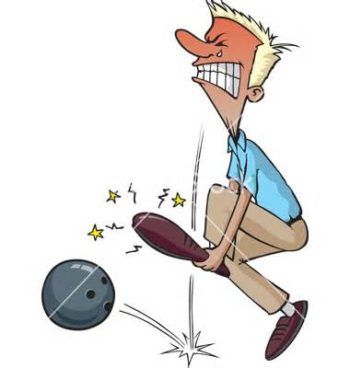The Science of Pain

Pain Theory Explained: Why do people jump up and down when they stub their toe? Why does the act of sticking many needles into the skin (acupuncture) block pain transmission? How does a cutting-edge technology like spinal cord stimulation stop pain? Why do you feel pain in a new location when the old pain is cured? To answer these questions, you need to understand a little bit about the “gate theory of pain.”
Ronald Melzack and Patrick Wall proposed a popular theory in the 1960’s knows as the “gate theory of pain.” In simple terms, this theory states that the spine serves as a gate by allowing some signals to enter while excluding the entry of other signals. Those signals that are excluded from the spine can never reach the brain, which is where the body perceives and interprets the signals.
To understand the science of this theory, one must have a basic understanding of spinal circuits. The spine contains an inner grey material surrounded by an outer white material. The grey material contains the control center for nerve cells called the cell body. The cell body is like a fuse box in your house that accepts electrical signal from the outside, modulates the signal, and disperses the signal to multiple areas throughout your house. The white material contains the nerve’s communicating fibers that transmit information along the spine. Like the electrical wire that exits a fuse box, these nerves travel to their final destination in order to perform a certain function (i.e. turning on your lights in the house or moving your big toe in the body).
When it comes to pain transmission, the story gets even more complicated. Within the spine, some signals travel up the spine to the brain (ascending pathway) while other signals travel down from the brain to the spine (descending pathway). The signals that enter the body from the outside world make their way to the brain via the ascending pathway. However, the fibers running from the brain along the descending pathway alter, or modulate, these signals by amplifying some and suppressing others. In this way, the brain exerts great influence on the strength by which these signals enter our perception.
Gate theory states that some signals are preferentially transmitted to the brain while others are excluded. For example, if you subject a painful limb to intense vibration, the brain may only perceive the vibration. But how does this happen? One thought is that that the non-painful stimulus activates the descending pathway (signals from the brain to the spine), which leads to suppression of the painful signals and activation of the non-painful signals. We can use this principle to reduce certain types of pain. For example, there is a clever tool used in pediatrics to prevent pain during a blood draw called “Buzzy,” which is a device that vibrates at high frequency. When it is held on the skin next to the site of the injection, children barely feel the needle.


Recent Comments